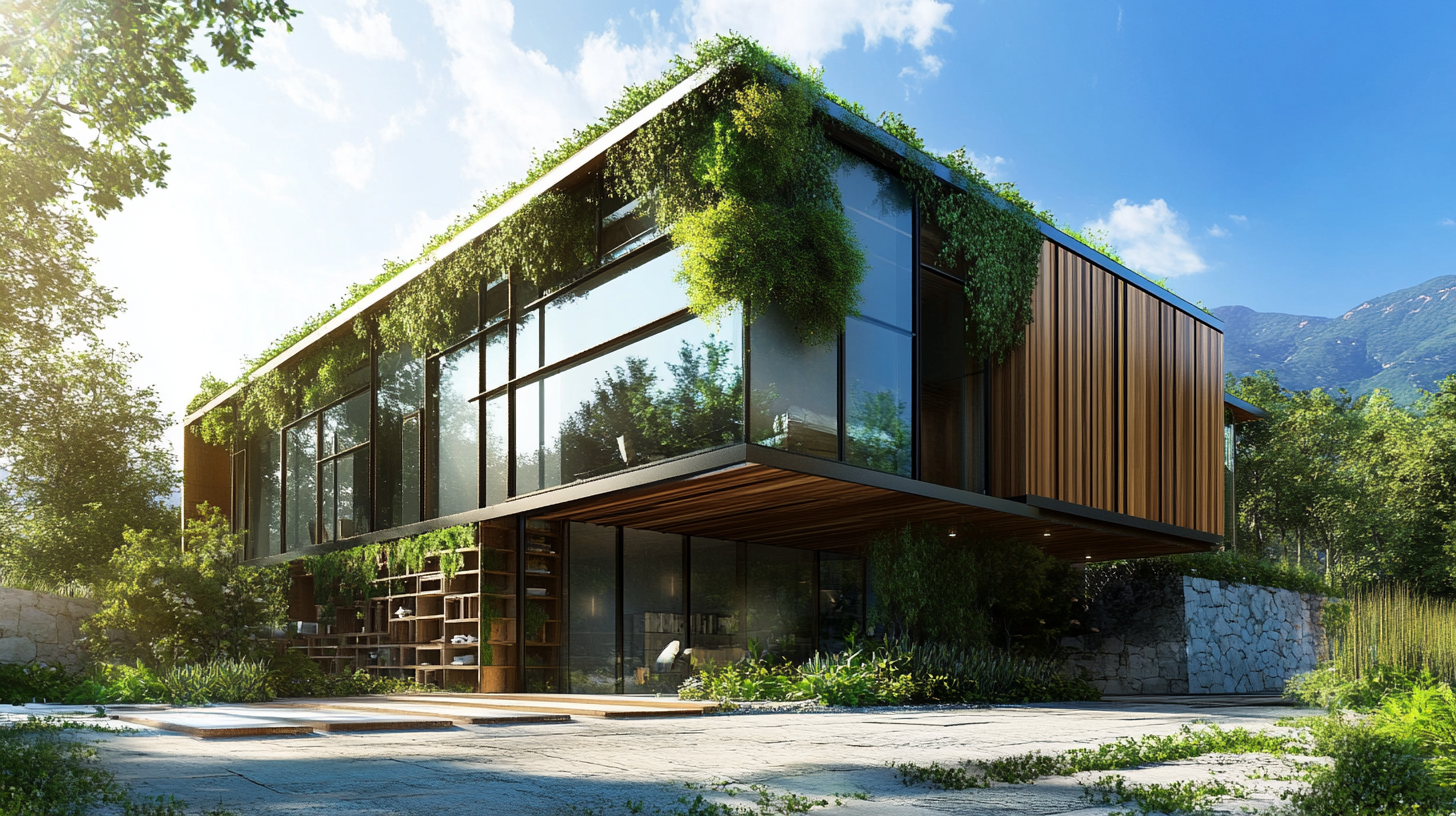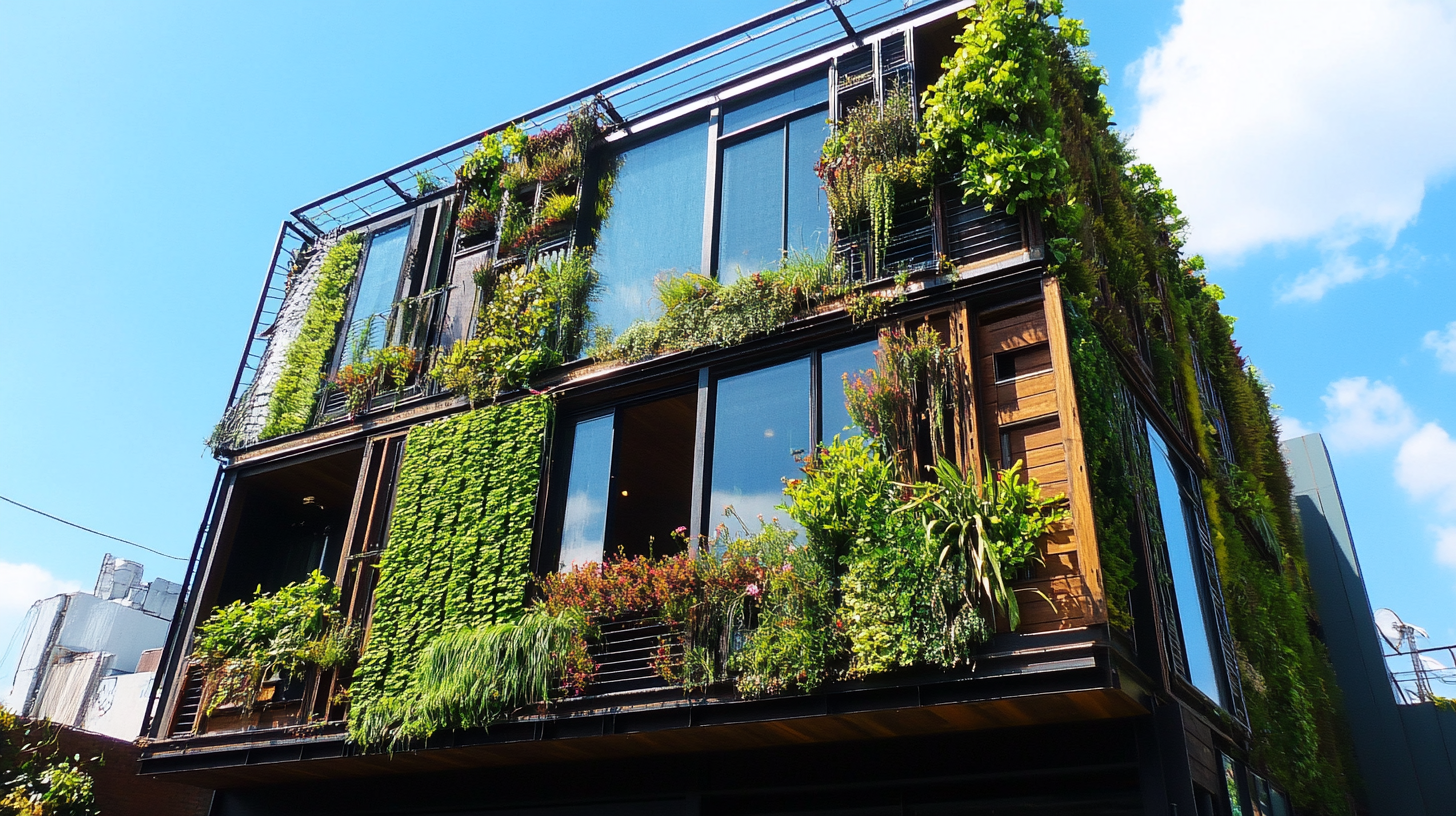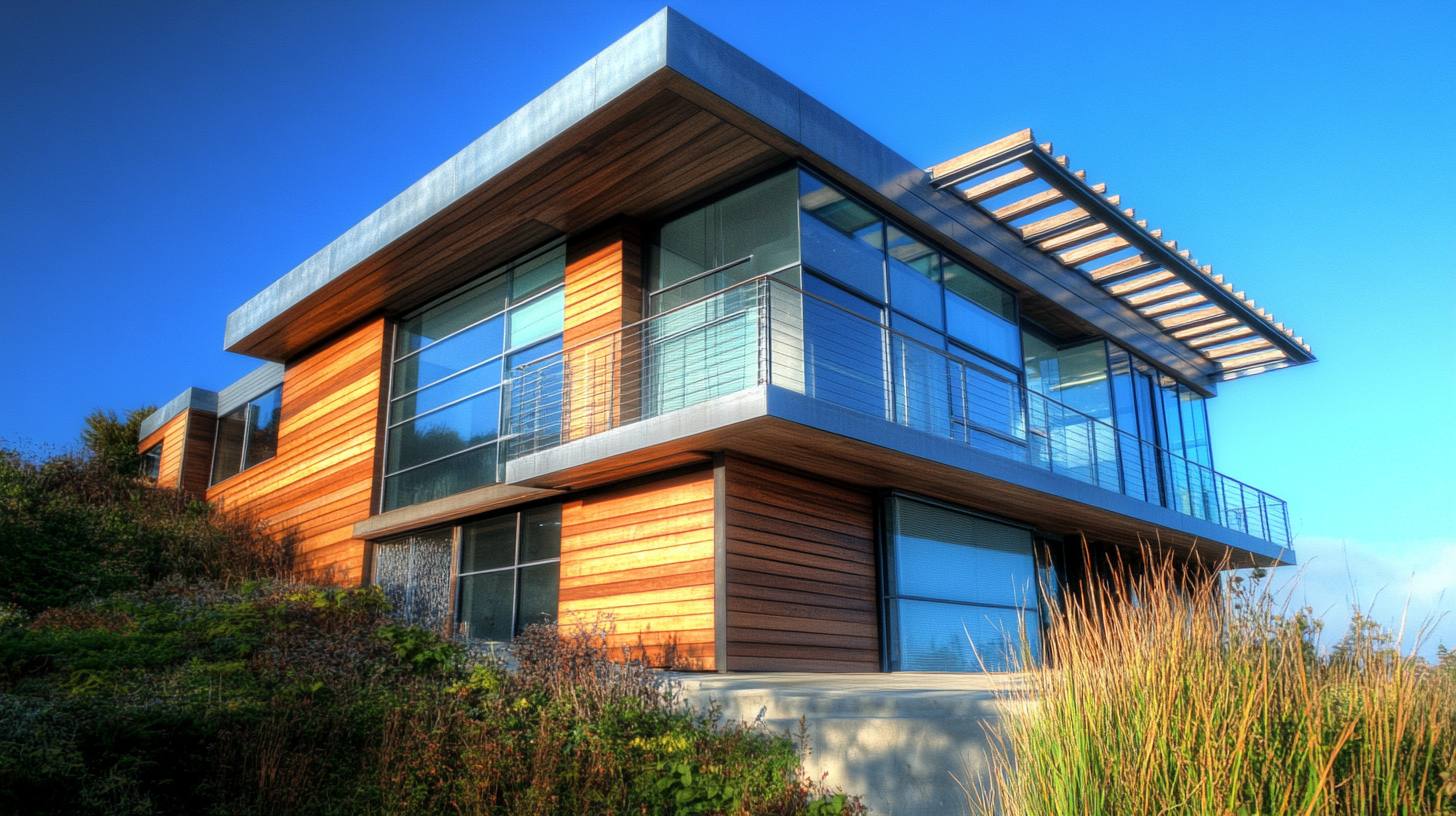Natural beauty for your favorite space
Unlocking the Advantages of Sustainable Building Materials for Modern Homes
In recent years, the construction industry has witnessed a notable shift towards incorporating Sustainable Building Materials for Homes, driven by both environmental concerns and economic advantages. According to the Global Sustainability Report 2022, the use of sustainable materials can reduce the overall carbon footprint of residential buildings by up to 30%, addressing the urgent need for eco-friendly practices in a rapidly urbanizing world. Furthermore, a study by the U.S. Green Building Council highlights that homes built with sustainable materials not only provide a healthier living environment but can also improve energy efficiency by as much as 40%. This shift not only promotes better resource management but also enhances property value, making Sustainable Building Materials an essential consideration for modern homeowners and builders alike.

Benefits of Sustainable Building Materials in Reducing Carbon Footprint for Homes
Sustainable building materials are rapidly gaining recognition for their significant role in reducing the carbon footprint of modern homes. By incorporating eco-friendly materials such as bamboo, recycled steel, and reclaimed wood, homeowners can greatly diminish their environmental impact. These materials not only limit the use of new resources but also enhance energy efficiency, leading to lower energy consumption during the home’s lifecycle. When builders prioritize sustainability, they contribute to a more responsible construction industry that aims to preserve natural resources for future generations.
In addition to their environmental benefits, sustainable building materials can also provide long-term financial advantages. Homes constructed with eco-friendly materials typically require less maintenance and exhibit greater durability, which translates to reduced costs over time. Furthermore, many sustainable options are sourced locally, supporting regional economies and decreasing transportation emissions. By choosing sustainable building materials, homeowners are not only investing in their property but also supporting a healthier planet, creating spaces that are both environmentally friendly and energy-efficient.
Benefits of Sustainable Building Materials in Reducing Carbon Footprint for Homes
Key Industry Trends in Sustainable Construction Technologies by 2025
As the world shifts towards more environmentally conscious practices, the construction industry is witnessing significant changes in material selection by 2025. One major trend is the increasing use of recycled and upcycled materials. Builders are leveraging materials such as reclaimed wood, recycled steel, and even repurposed plastics, leading to reduced waste and a smaller carbon footprint. This trend not only contributes to sustainability but also adds unique character and charm to modern homes.
Another notable trend is the integration of advanced technologies in sustainable construction. Innovations like 3D printing and modular construction are gaining traction, as they allow for more efficient use of resources and minimize construction waste. Furthermore, the rise of smart home technologies enables homeowners to monitor energy consumption and improve efficiency.
As building codes evolve to favor sustainability, the adoption of these technologies will likely become a hallmark of contemporary home design, making sustainable living not just an aspiration, but a standard practice.
Top Strategies for Incorporating Eco-Friendly Materials in Contemporary Architecture
 Incorporating eco-friendly materials into modern architecture not only elevates the aesthetic appeal of homes but also supports sustainable living. One effective strategy is to prioritize the use of locally sourced materials. By selecting timber, stone, and clay from nearby suppliers, you reduce transportation emissions and support local economies. This approach fosters a connection to the surrounding environment, enriching the home’s character.
Incorporating eco-friendly materials into modern architecture not only elevates the aesthetic appeal of homes but also supports sustainable living. One effective strategy is to prioritize the use of locally sourced materials. By selecting timber, stone, and clay from nearby suppliers, you reduce transportation emissions and support local economies. This approach fosters a connection to the surrounding environment, enriching the home’s character.
Tips: Always seek certifications for sustainable materials, such as FSC (Forest Stewardship Council) for wood products. This ensures that the materials meet environmental standards and supports responsible forestry practices.
Another key strategy is to embrace recycled materials. Using reclaimed wood, metal, or glass not only minimizes waste but also adds a unique touch to home designs. These materials often possess a rich history and charm, enhancing the overall aesthetic of contemporary architecture.
Tips: Explore architectural salvage yards and online marketplaces dedicated to reclaimed materials. This not only helps in finding one-of-a-kind items but also promotes ecological responsibility in your building project.
Cost-Benefit Analysis of Using Renewable Resources in Home Building Projects
When considering home building projects, the cost-benefit analysis of using renewable resources offers significant insights for modern homeowners. While the initial investment in sustainable building materials may seem higher compared to conventional options, the long-term savings and environmental advantages make it a worthwhile consideration. Renewable materials such as bamboo, reclaimed wood, and recycled steel not only reduce carbon footprints but also often come with incentives like tax breaks and rebates, further enhancing their financial viability.
Moreover, energy efficiency plays a crucial role in the economic benefits of sustainable building. By employing materials that enhance insulation and reduce energy consumption, homeowners can significantly lower their monthly utility bills. For instance, structures built with insulating concrete forms or high-performance windows improve thermal efficiency, leading to reduced heating and cooling costs. In essence, while the upfront costs may be greater, the cumulative savings on energy bills, maintenance, and potential resale value can lead to a profoundly advantageous investment in sustainable building practices.
Innovative Sustainable Materials Leading the Future of Modern Residential Design
In the realm of modern residential design, innovative sustainable materials are revolutionizing how we build homes. These materials not only reduce the environmental impact of construction but also enhance the aesthetic appeal and durability of residential spaces. For instance, bamboo, known for its rapid growth and strength, is becoming a popular alternative to traditional timber. Its lightweight nature makes it ideal for structural elements, while its natural beauty adds warmth to interior spaces.

Another remarkable example is recycled metal, which is gaining traction for roofing and siding applications. This material not only boasts longevity and resilience but also minimizes waste by repurposing products that would otherwise end up in landfills. Similarly, bio-based composites, made from renewable resources, are emerging as viable options for insulation and furniture. Their eco-friendly properties and customizable designs resonate with the growing demand for sustainable living, allowing homeowners to create unique, stylish, and responsible spaces.
Embracing these innovative materials is not just a trend; it's a step towards a more sustainable and harmonious way of living.
